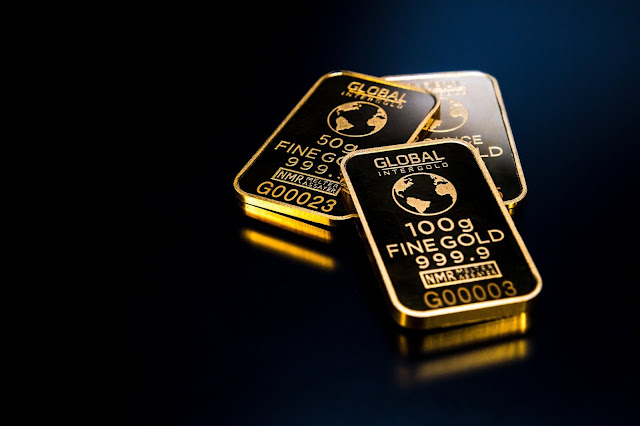Selling silver requires a comprehensive understanding of hallmarks. These hallmarks serve as the key to identifying the metal and its purity, providing valuable insights for prospective buyers interested in determining the exact worth of a piece of silver.
Both gold and silver, in their purest forms, are inherently soft and susceptible to damage. To enhance their durability, manufacturers blend them with various alloys. Hallmarks, appearing on silver products, function as evidence of the quantity of silver present in the final product. Consequently, they play a crucial role in establishing an accurate valuation for the silver being offered for sale.
The tradition of silver hallmarks traces back to the 13th century and represents one of the earliest forms of consumer protection. During this period, the purest silver items consisted of 92.5% pure silver, with the remaining 7.5% comprised of other metals. Silver was predominantly used as a form of currency, and as such, it was legally required in Britain to undergo testing and carry a distinctive leopard head mark on its surface to ensure its quality.
In modern times, silver hallmarks have evolved in their requirements. Today, they must indicate the manufacturer, the silver's purity, and the assaying office responsible for testing it. Many of the hallmarks employed in the past continue to be in use today.
On silver bullion, you will find four purity symbols, denoted by numbers such as 800, 925, and 958. For example, 800 implies that there are 800 parts of pure silver in every 1000 parts of the metal, while 925 designates that the product consists of 92.5% pure silver. Silver marked as 925 is commonly referred to as Sterling Silver, with bullion typically exhibiting a purity of 98.5% or higher. Over time, more silver producers have begun crafting silver with a fineness of .999, also known as three-nines fineness, which is often found in silver bullion bars and coins. The highest purity silver, with a fineness of 9999, is relatively rare and produced only by a few mints, such as the Perth Mint and the Royal Canadian Mint.
Here are some globally favored silver bullion products and their associated purities:
- U.S. Silver Eagle coins - 999 fineness
- UK's Britannia Silver - 999 fineness
- Austrian Silver Philharmonic - 999 fineness
- The silver Canadian Maple Leaf and Australian Silver Kangaroo - 999.9 fineness
When selling silver bullion, purity is a critical factor. Numerous reputable names in the silver bullion industry are trusted for their high-quality products:
- Credit Suisse, a prominent brand known for its premium silver bars.
- Engelhard Silver Bars, a respected silver bullion producer whose products are highly sought after, despite limited production.
- Johnson Matthey, a reputable refinery producing popular 1-ounce and 100-ounce silver bars, akin in stature to Engelhard.
- PAMP Suisse, a Swiss-based refinery known for producing artistic silver bars.
- The Royal Canadian Mint, renowned for producing some of the purest silver bars available.
For most investors, 100-ounce silver bullion bars are chosen for their investment value rather than collectible appeal. Possessing the right hallmarks and originating from these esteemed refineries and mints can facilitate the sale of silver bullion bars at a favorable price.

